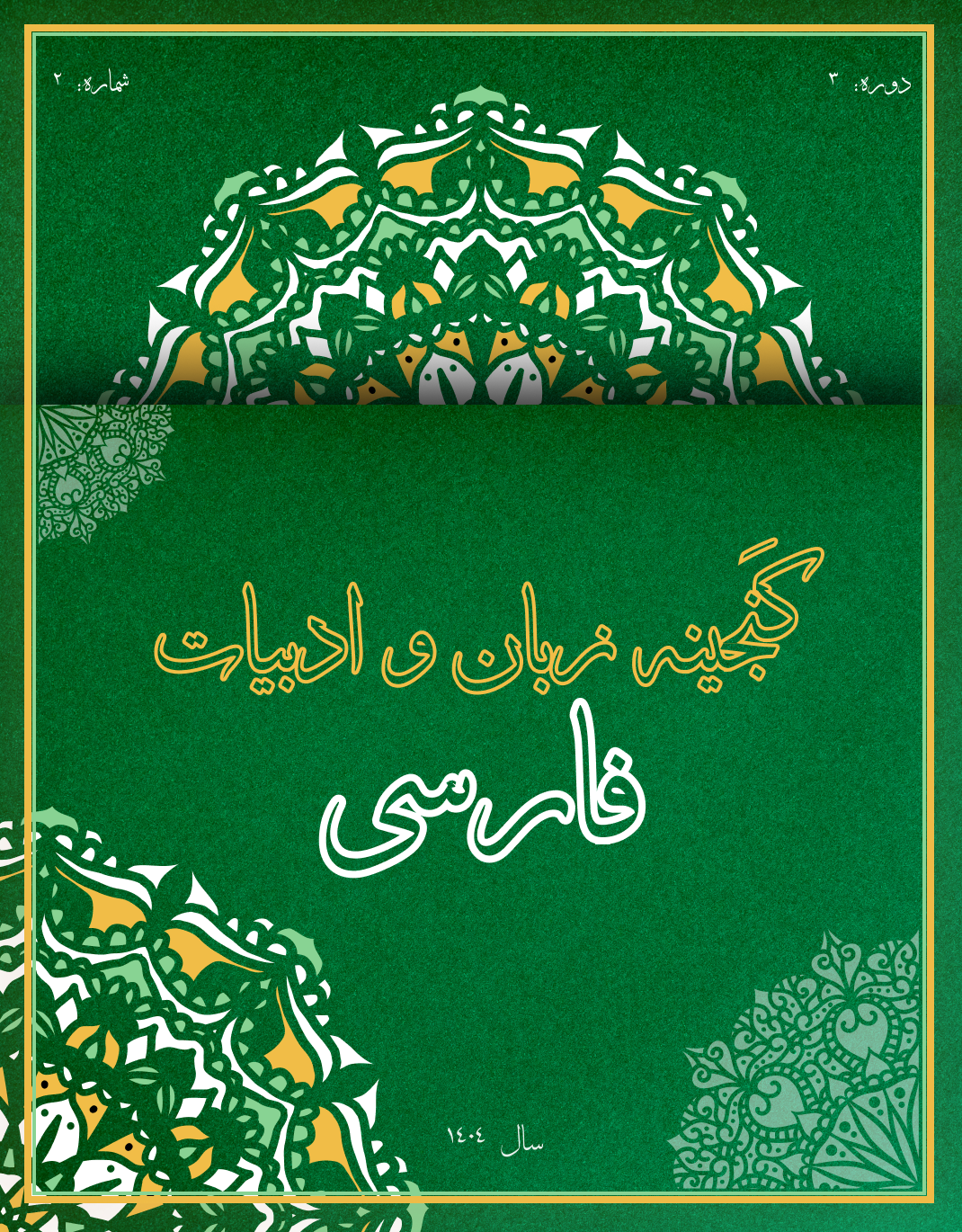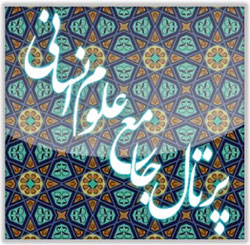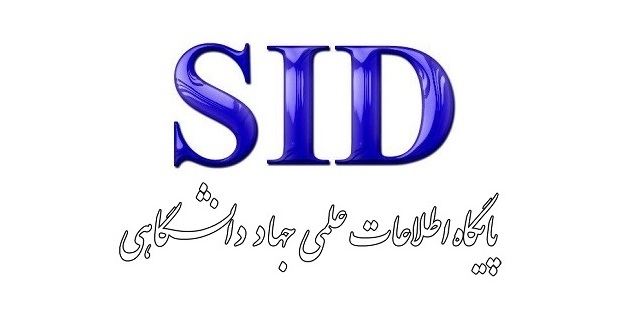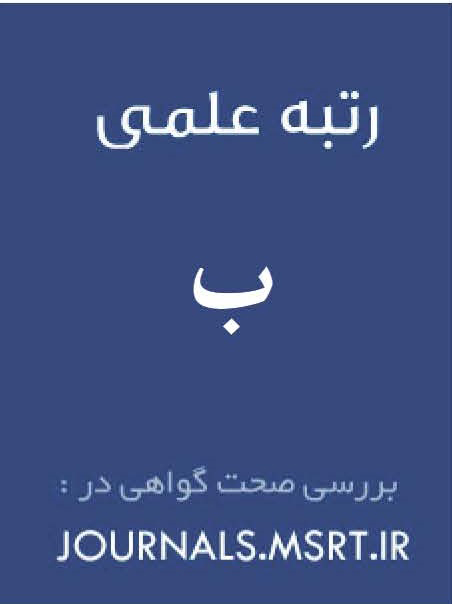A Comparative Study of the Elegies of Ibn al-Rūmī and Ahmad Shamlou: An Analysis of Linguistic Structure, Imagination, and Imagery
Keywords:
Comparative Literature, Elegy, Ibn al-Rūmī, Ahmad Shamlou, Lamentation Poetry, Poetic ImageryAbstract
Elegy, as one of the oldest literary genres and poetic themes, has taken on various forms throughout the history of literature. This study aims to conduct a comparative analysis of the elegies of Ibn al-Rūmī (a 9th-century Arab poet) and Ahmad Shamlou (a contemporary Iranian poet). Using qualitative content analysis and a comparative literature approach, the elegies of both poets are examined in terms of thematic content (individual and social), linguistic structure, imagination, and poetic imagery. The findings of the research indicate that Ibn al-Rūmī’s elegies predominantly revolve around family members (mother, wife, brother, and three sons), caliphs and emirs, prominent Shi‘ite figures, and the city of Basra. In contrast, Shamlou’s elegies are mainly dedicated to literary figures who were heralds of freedom, such as Forough Farrokhzad and Jalal Al-e Ahmad. In terms of linguistic structure, both poets utilize a firm and resolute language with philosophical and rational undertones. However, mystical elements are more prominent in Shamlou’s elegies, while Ibn al-Rūmī, through the use of fluid and gentle vocabulary and an imagistic style, depicts sorrow and lamentation with greater artistic finesse. Regarding imagination, both poets transcend conventional boundaries and navigate beyond the surface layers of language. Nonetheless, Ibn al-Rūmī demonstrates greater success in employing similes and metaphors and in conveying grief and sorrow.
Downloads
References
1. Mo'tamen Za-A. Persian Poetry and Literature. Tehran: Zarrin Publications; 1985.
2. Al-Farahidi A-RiA. Al-'Ayn. Baghdad: Dar al-Hurriyah for Printing; 1985.
3. Al-Rafi'i MS. Tarikh al-Adab al-'Arabi. Egypt: Maktabat al-Iman; 1997.
4. Al-Zayyat AH. Tarikh al-Adab al-'Arabi. Beirut: Dar al-Ma'rifah; 1977.
5. Darwish A-AH. Modern Poets of the Abbasid Period. Cairo: Egyptian Authority for Book Publication; 1989.
6. Al-Fakhouri H. History of Arabic Literature. Tehran: Toos Publications; 1998.
7. Hurr A-M. Ibn al-Rumi: His Era, Life, Psyche, and a Group Reflected Through His Poetry. Beirut: Dar al-Kutub al-'Ilmiyyah; 1992.
8. Mojabi J. Ahmad Shamlu: A Monograph. Tehran: Qatreh Publications.
9. Ibn al-Rumi AiA. Al-Diwan. Beirut: Dar al-Kutub al-'Ilmiyyah; 2002.
10. Al-Aqqad AM. Ibn al-Rumi: His Life Through His Poetry. Beirut: Al-Maktabah al-Tijariyah al-Kubra; 1970.
11. Shafi'i Kadkani MR. Imagery in Persian Poetry. Tehran: Agah Publications; 1993.
12. Shamlu A. Collected Works. Tehran: Negah Publications; 2015.
13. Musa M. Modern Arabic Poetry in Lebanon. Baghdad: Dar al-Shu'un al-Thaqafiyyah al-'Ammah; 1986.
14. Nazari F. Me and Shamlu. Tehran: Negahe Sabz Publications; 2001.
15. Shafi'i Kadkani MR. A Mirror for Voices. Tehran: Sokhan Publications; 2000.
16. Alboghbish A. Structure and Form in Hafez's Poetry. Ketab-e Mah-e Adabiyat va Falsafeh. 2005(98-99).
17. Bakkar YH. My Story and Poetry. Tehran: Toos Publications; 1977.
18. Meqdadi B. Dictionary of Literary Criticism Terms (From Plato to the Present). Tehran: Fekr-e Rooz Publications; 1999.
Downloads
Published
Submitted
Revised
Accepted
Issue
Section
License
Copyright (c) 2025 سیده رقیه مهری نژاد (نویسنده); زهرا سعيدي

This work is licensed under a Creative Commons Attribution-NonCommercial 4.0 International License.









